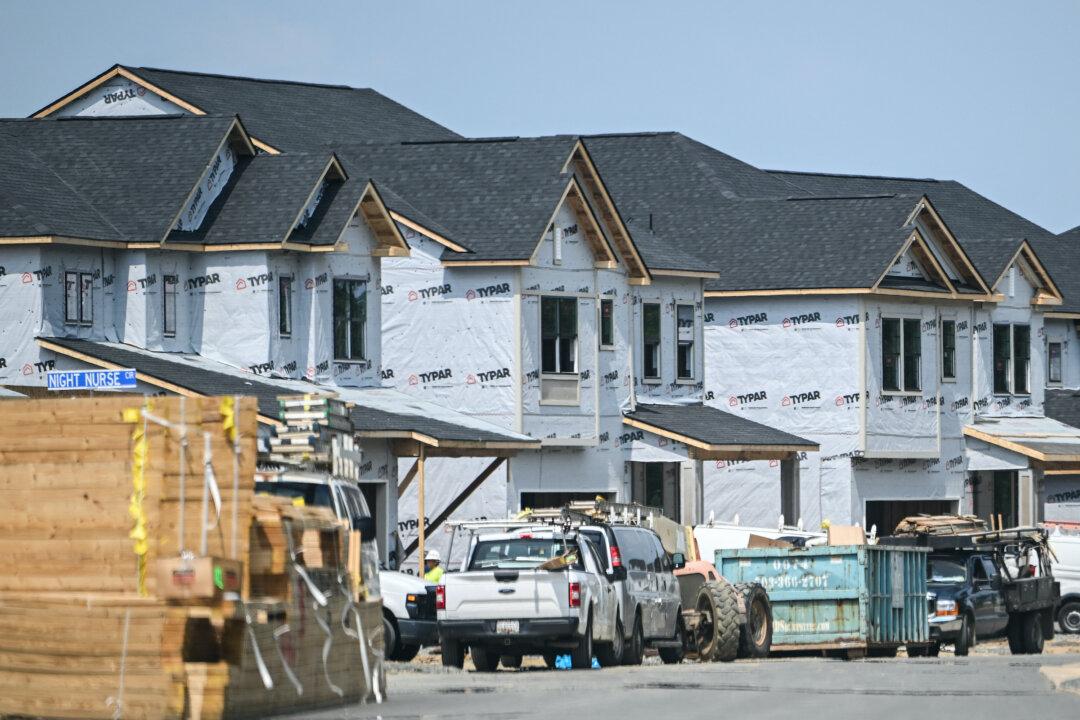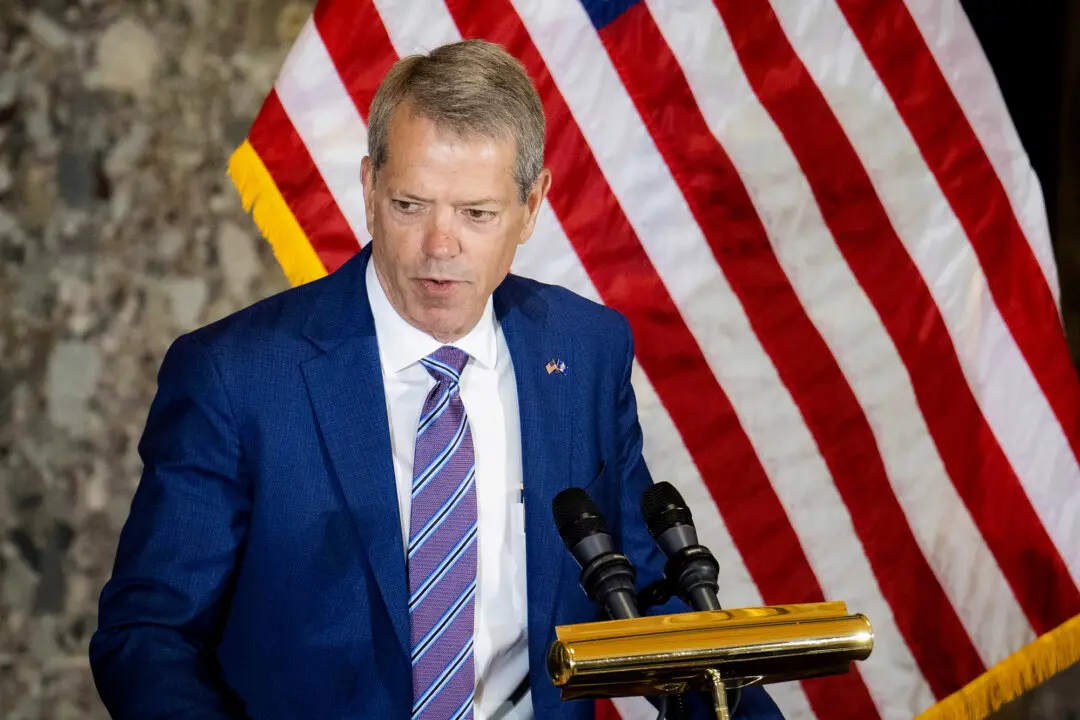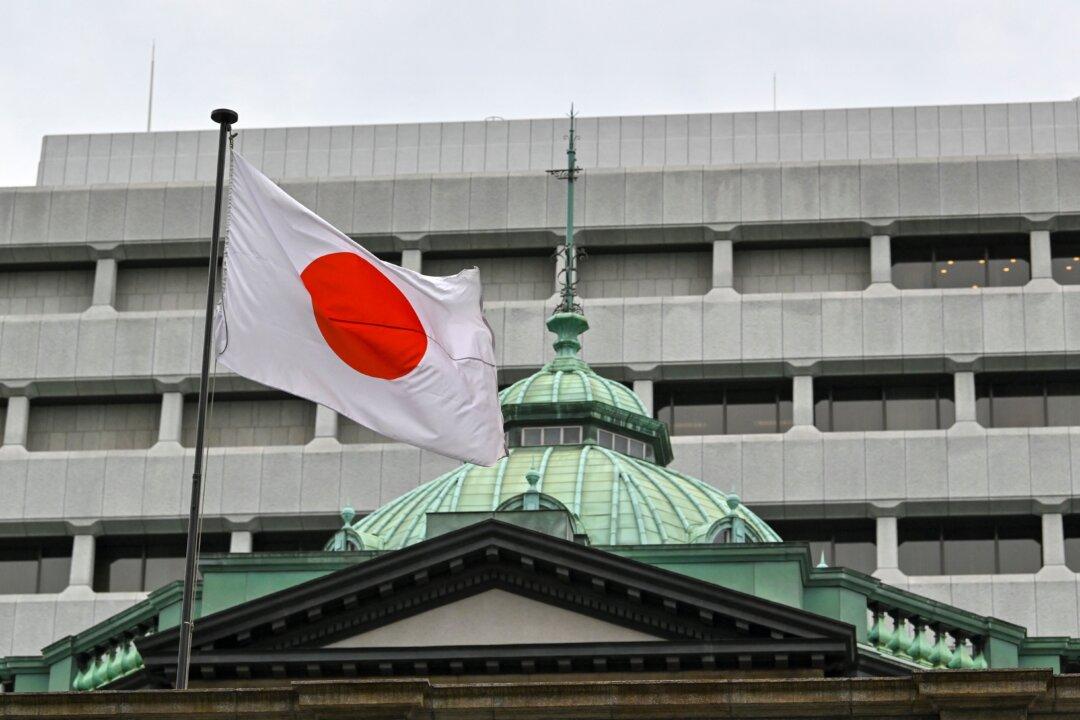Confidence among America’s homebuilders slumped in August to its lowest point of the year, as high interest rates keep mortgage rates and borrowing costs elevated, pressuring both customers and those in the construction industry.
Builder confidence in the market for newly built single-family homes fell to a reading of 39 in August, down two points from 41 in July, according to the National Association of Home Builders (NAHB)/Wells Fargo Housing Market Index (HMI), released on Aug. 15.





